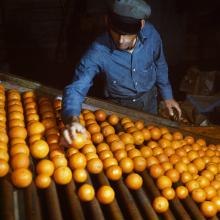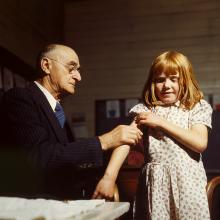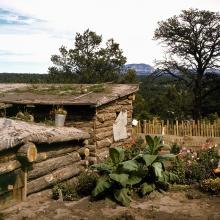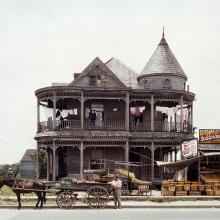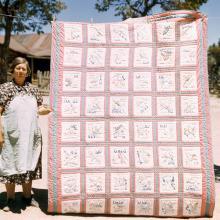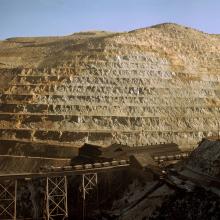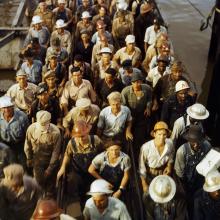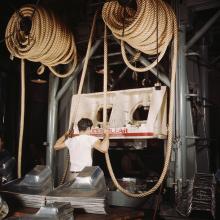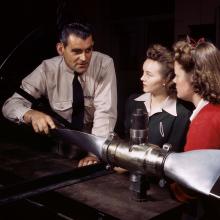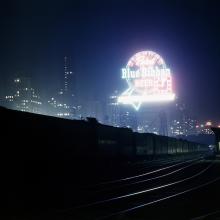America in Color: 1940 to 1943
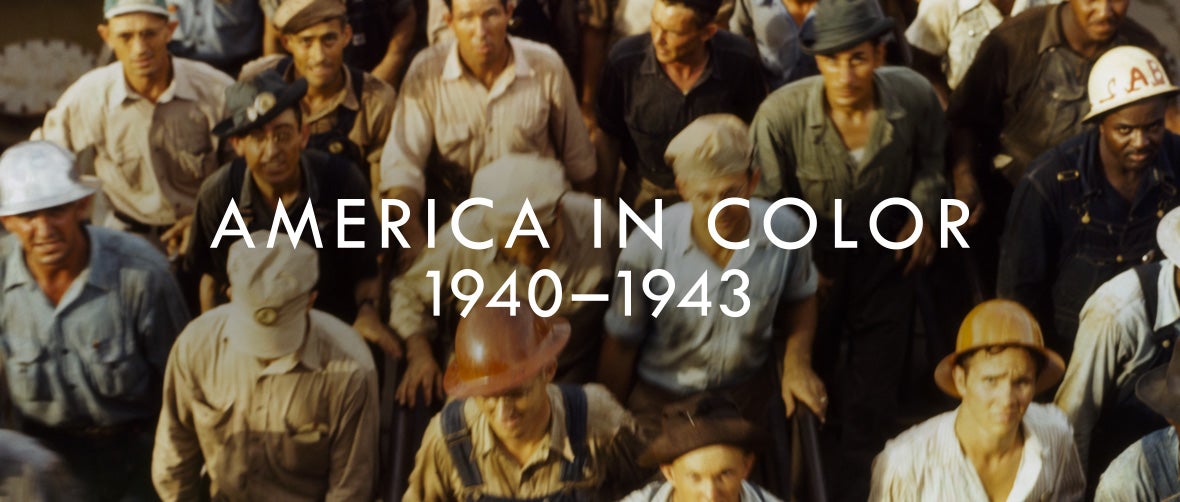
America in Color: 1940–1943
In the early 1930s, the United States government commissioned a group of photographers under the Farm Security Administration (FSA) to document the daily lives, working conditions, and plight of Americans during the Great Depression and into World War II. Many of the resulting photographs, such as Dorothea Lange(1895–1965)’s image of the migrant mother, Florence Owens Thompson, would become iconic of the era and engrained in the nation’s collective consciousness. While the 1930s are often remembered in black and white, the decade also marked the advent of Kodachrome, Kodak’s first commercially available color-positive film. At the time, color photography was largely considered a medium of advertising and commerce. Artists and documentarians had their reservations about using it—the film was difficult to work with, and the developing process was complicated and expensive.
While working for the FSA, later the Office of War Information (OWI), a number of photographers including Jack Delano (1914–97) and Russell Lee (1903–86) began experimenting with the use of Kodachrome in the field, producing an archive of approximately sixteen hundred photographs between 1939 and 1945. Though dwarfed by the Office’s library of black-and-white images made during the same time period—over one hundred thousand—these lesser-known photographs offer a departure from the monochrome images that we often associate with this period of the country’s history. Rendered in the rich detail and brilliant hues of Kodak’s early transparency sheet-film, the photographs in this exhibition offer a vivid glimpse of America during a period of economic recovery and industrial growth.
©2018 by San Francisco Airport Commission. All rights reserved.

